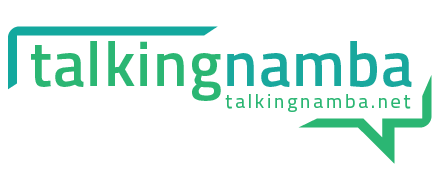btn_link=”url:http%3A%2F%2Ftalkingnamba.net%2Freading-comparing-and-locating-level-2%2F||”
Where are they now?
Read numerals to 10
Compares and orders collectionsto 10
Where to next?
Reads numerals to 30
Compares and orders numeralsto 10
Purpose
Purpose: Understanding about the size of numbers, and how this relates to their order and their ‘distance’ from other numbers, gives students the ability to work with numbers more meaningfully and helps students to build skills such as estimatio
Activities and Assessments (designed to move students from step 2 to step 3)
Bigger, Smaller, Same as – Numeral Cards to 10 (Video Example)
Adapted from ‘More, Fewer or the Same?’, Developing Efficient Numeracy Strategies Stage 1 page 47. NSW Department of Education and Training, Professional Support and Curriculum Directorate 2003
Focus: In comparing the size of written number symbols up to 10 this activity provides practice in reading the number symbols and encourages students to think about the collection size that these number symbols represent. This activity helps students to learn the idea and language around the comparative size of numbers.
One Before – One After
Focus: Identifying numbers that are one more (“after”) or one less (“before”) a given number. If playing cards are used instead of the provided numeral cards, the students’ attention can be drawn to both the numerals and collections displayed on each card.
How: See instruction sheet provided
Questions to ask students during this activity: “What is that number?”, “How many (hearts, clubs, diamonds, spades) are there on that card?”, “Can you count them?”, “Can you find a card one higher than that?”, “Which card should go before this one?”, “Which card should go after this one?”
Sequencing Numeral Cards to 10 (Video Example)
Focus: Correct sequencing of numerals based on ability to read numerals and recognise the collection size each numeral stands for. Build understanding of the language; ‘one more’ and ‘one less’, and ‘before’ and ‘after’ in terms of a consecutive number sequence.
How: See Video Example
Questions to ask students during this activity: “What is that number?”, “What will the next number be?”, “Which number is one more than this one?”, “Which number is one less than this one?”, “Which number should go before this one?”, Which number should go after this one?”
Assessment – What my number looks like
An appropriate number (for the stage of the student) is written in the centre of the sheet – the student then must try to make the number in a number of different ways (as indicated on the sheet.)
Links
References to Other Resources
